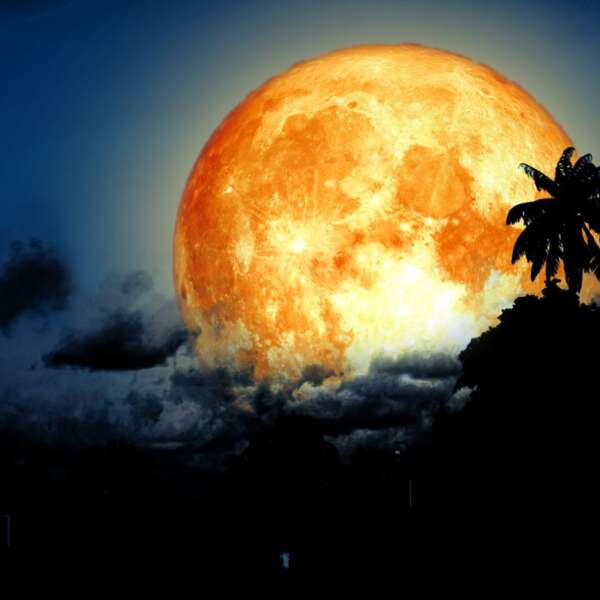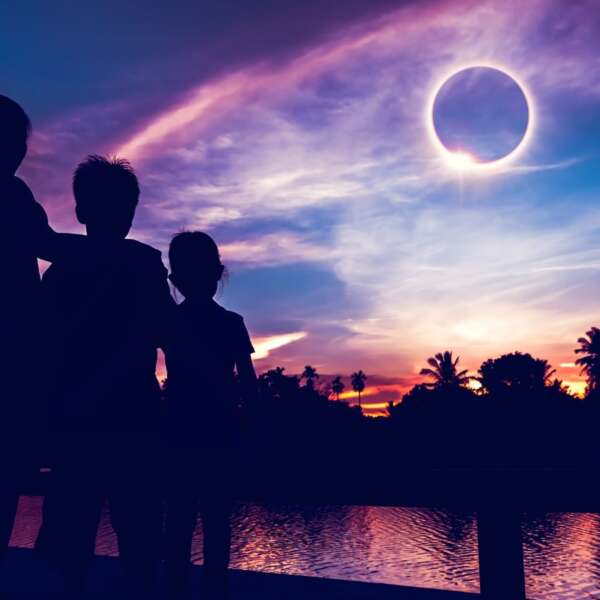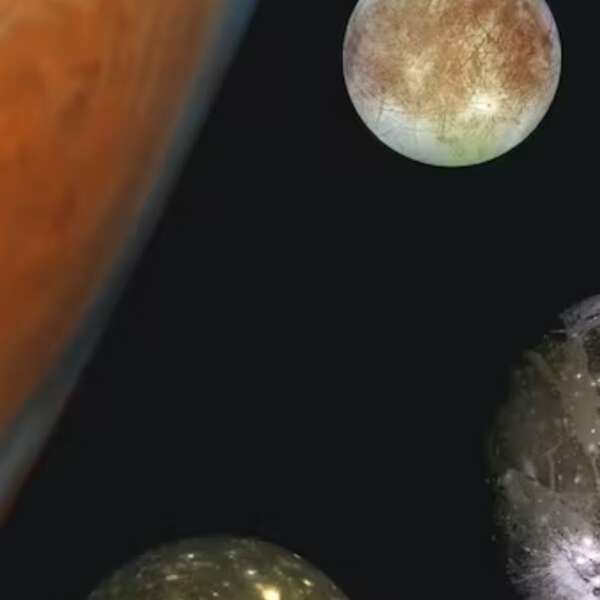April’s Cosmic Show: Meteor Showers and an Eclipse
April 2023 is set to be an exciting month for stargazers, with several astronomical events taking place. From meteor showers to planetary conjunctions, there are plenty of opportunities to gaze up at the night sky and marvel at the wonders of the universe. Here are some of the astronomical events you can look forward to in April 2023, according to PAGASA.
Lyrids Meteor Shower
The Lyrid meteor shower is an annual event that takes place in April. It’s usually active from April 16th to April 25th, with the peak occurring on the night of April 22nd and the morning of April 23rd. During the peak, observers can expect to see around 10-20 meteors per hour. The Lyrids are known for their fast and bright meteors, which are often accompanied by persistent trails. According to NASA, the best time to view the Lyrids is after midnight and before dawn, and it’s recommended to find a dark location away from city lights.
The Lyrids meteor shower occurs every year in late April when the Earth passes through the debris left behind by the Comet C/1861 G1 Thatcher. This comet takes about 415 years to orbit around the sun, and its debris is scattered throughout space, creating the meteor shower. The Lyrids meteor shower is named after the constellation Lyra, which is located near the radiant point of the meteor shower, where the meteors appear to originate from.
Pi Puppids (π-Puppids)
The π-Puppids meteor shower is a relatively lesser-known astronomical event that occurs annually in late April or early May. This meteor shower is named after the constellation Puppis, which is located in the southern hemisphere and is where the radiant point of the meteor shower appears to be. In this article, we will explore more about the π-Puppids meteor shower and the best time to watch it.
The π-Puppids meteor shower is caused by the debris left behind by the comet 26P/Grigg-Skjellerup, which has an orbital period of about 5.3 years. The meteor shower is known for producing fast-moving meteors that are often blue or green in color, and it can be seen from both the northern and southern hemispheres.
The peak of the π-Puppids meteor shower typically occurs around April 23-24, but it is not a very active meteor shower, with an average rate of only 5-10 meteors per hour. However, it is known for producing occasional outbursts, where the meteor rate can increase to as many as 40-60 meteors per hour. These outbursts are unpredictable and can last for only a few minutes, so skywatchers need to be alert and ready to observe at any time.
Hybrid Solar Eclipse
On April 20, 2023, a Hybrid Solar Eclipse will occur as the Moon moves in front of the Sun. The event will be visible from western Australia, East Timor, and Eastern Indonesia, and will combine features of both annular and total solar eclipses. Depending on their location, observers may witness an annular solar eclipse or a “ring of fire” at the start of the eclipse, followed by a totality during the middle phase, and then a return to an annular eclipse before the event ends.
Although the hybrid eclipse cannot be observed in Manila, a partial solar eclipse will be visible, with a maximum obscuration of 23.7%. The eclipse will begin at 11:44 a.m., reach its maximum at 12:55 p.m., and end at 02:04 p.m. In other parts of the Philippines, the minimum obscuration will be 12% to the north (Basco, Batanes), while the maximum will be 58% to the south (Municipality of Sarangani).
Other Astronomical Events to watch out for
These additional astronomical events provide even more reasons to look up at the night sky this April. Whether you’re interested in planets, meteor showers, or eclipses, there’s something for everyone to enjoy.
| 1-30 | Global Astronomy Month | |
| 12 | Mercury at Greatest Elongation, East | |
| 16 | Moon at Perigee (Distance = 368,015.744 km) | 10:24 a.m. |
| 20 | Partial Solar Eclipse | |
| 23 | Close approach of Moon and Venus | |
| 24 | Lyrids | 04:00 a.m. |
| 24 | π-Puppids | 08:00 p.m. |
| 26 | Close approach of Moon and Mars | |
| 28 | Moon at Apogee (Distance = 404,227.349 km) | 02:43 p.m. |
















